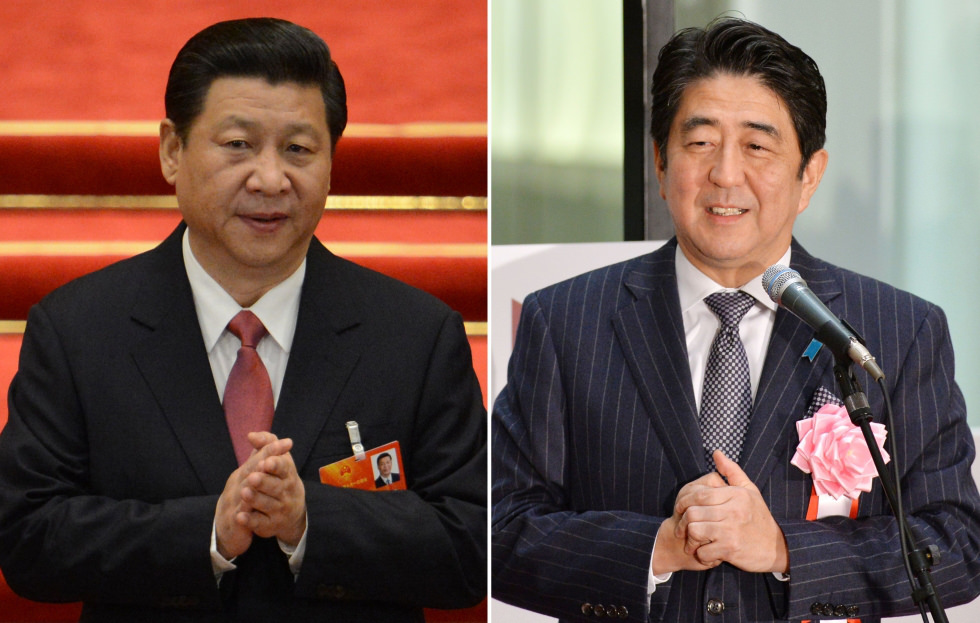Avoiding Landmines: Trajectory of the Japan-China Relationship in 2016

Photo Source: Day Donaldson/Flickr
From a surface view, it appears that strained relations between Tokyo and Beijing are experiencing a slight détente. Japan’s Prime Minister Shinzo Abe held two summit meetings with his Chinese counterparts—one with Chinese President Xi Jinping last April in Jakarta and the second with Premier Li Keqiang on the sidelines of the Trilateral Summit with South Korea this past November in Seoul. There also has been increased dialogue between foreign ministers, resuscitated talks on security and maritime affairs and high-level commitments to implement crisis avoidance mechanisms to avert a potential clash over their dispute in the East China Sea.
There were other positive signs too. Abe appears more willing to accommodate Chinese concerns about Japan’s approach toward history through his decision not to visit the controversial Yasukuni shrine (after his provocative visit in December 2013 enraged Beijing). And, while it received boiler-plate criticism from Beijing, Abe’s statement on the 70th anniversary of the end of World War II last August made reference to upholding previous statements—including the Murayama Statement—on Japan’s wartime contrition and guilt.
China, too, has responded with a more pragmatic approach to its relations with Japan. Beijing finally abandoned its stubborn and ineffective approach of pre-conditioning high-level dialogue upon Japan’s willingness to make concessions over the disputed Senkaku (referred to as Diayou in China) Islands. Meanwhile, despite constant public statements of concern, Beijing has ratcheted down the overt rhetoric of its criticisms of Japan’s attitude toward history.
To continue reading, please visit the EastWest Institute.
Related posts:
Category: ECONOMICS, FOREIGN POLICY & SECURITY, INTERNATIONAL LAW & HUMAN RIGHTS, SOUTH ASIA & ASIA PACIFIC

